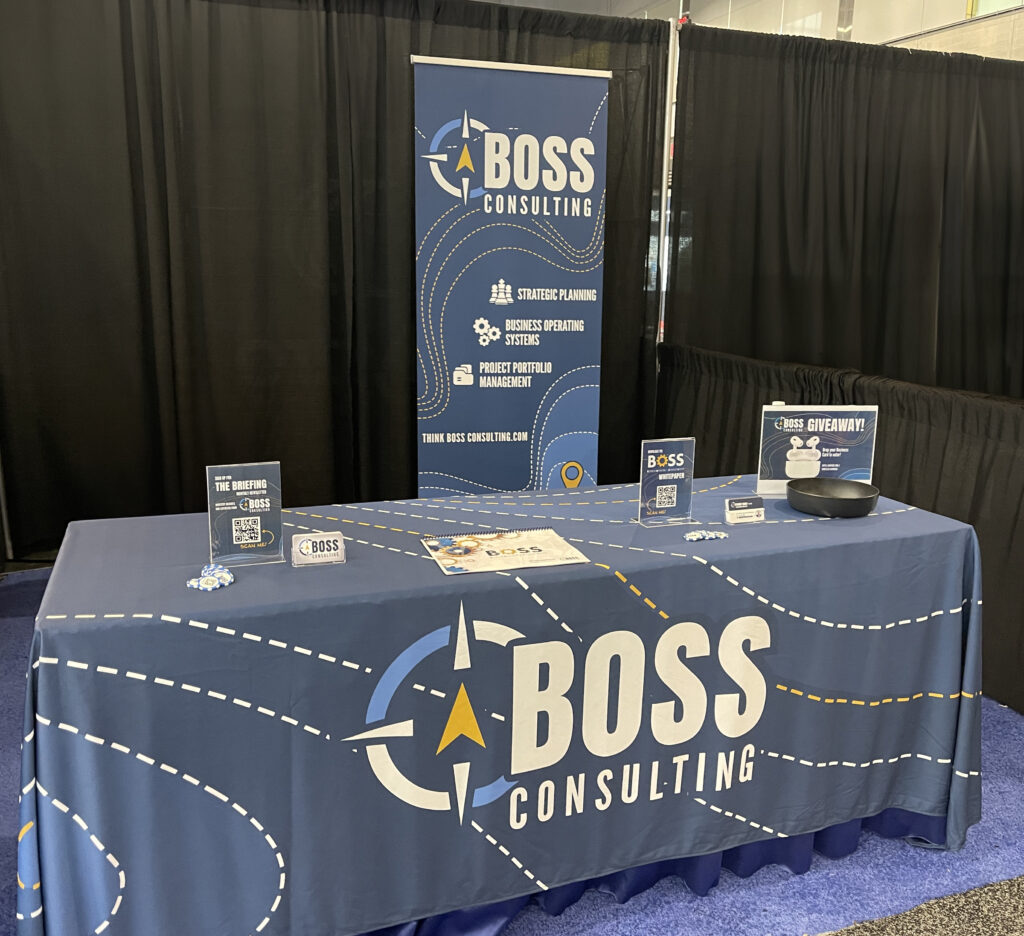Attending AIA 2025 was a reminder of how quickly the design and construction industry is evolving—and how much remains grounded in the enduring values of the profession.
The Rise (and Rise) of AI
Artificial Intelligence was no longer a fringe idea or a future concept—it’s here, and it’s integrated. From generative design tools to proposal automation and data-driven facility planning, nearly every software provider highlighted how AI is now woven into their offerings. The conversations weren’t about whether to use AI anymore—they were about how to use it responsibly, effectively, and in ways that genuinely support the architect’s intent.
The Age of Consolidation
Another noticeable shift: the software landscape is tightening. Many familiar tools now sit under larger umbrellas. These consolidations promise better integrations and smoother workflows—but they also raise questions about innovation, pricing models, and vendor lock-in. Navigating these platforms will require firms to be more strategic than ever when choosing their tech stack.
New Players, Fresh Perspectives
Despite the consolidation trend, fresh voices are making waves. Companies like BIM beats and Layer stood out—offering focused, agile solutions to longstanding workflow pain points. These newcomers reminded me that there’s still room for smart, nimble companies to innovate in ways the giants can’t always reach.
What Hasn’t Changed? The People
For all the tech evolution, the heart of the profession remains the same. I was struck, once again, by the intelligence, curiosity, and purpose-driven mindset of the architects, engineers, and partners I met. These are people motivated not just by projects, but by the belief that design can improve lives and shape a better world.
A Personal Note
One thing I continue to notice—and quietly wrestle with—is the resistance many practice leaders have toward implementing sound business systems. I can only speculate why. As someone who is deeply biased in favor of strong operations, I don’t see these systems as just a path to profit or efficiency. I see them as a way to create capacity—to free up talented professionals so they can focus more fully on their purpose: designing a better built environment.



